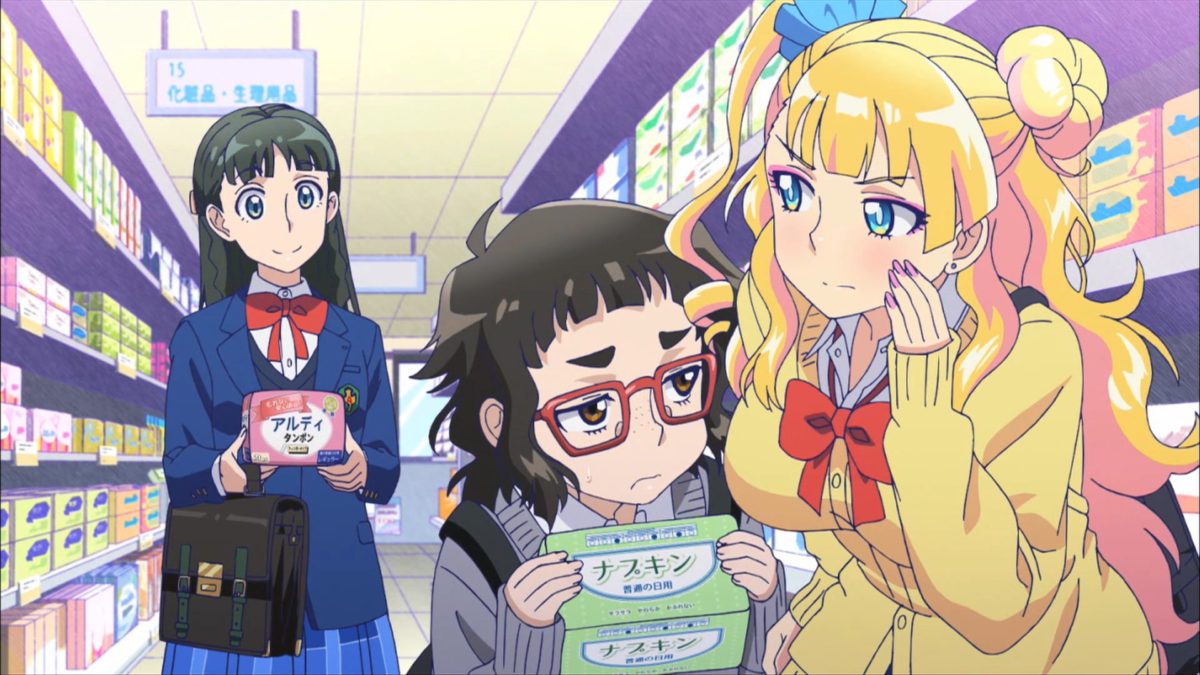Coming to Japan meant adjusting to many new things, from vending machines that accept the equivalent of $100 bills then bow to you in thanks after you make a purchase to learning that there’s a time and a place to pop that little baby octopus in your mouth without thinking about it. I also had to learn to live in a much colder place than my former home of San Diego, California. Of course, just about every place in the world is colder in the winter than Santa Ana-blessed San Diego, where the definition of “frigid” means having to wear long sleeves in the evenings, but learning to stay warm in Japan was a lot different than if I’d just moved to, say, Boston. Following my mother’s sage advice about dressing in layers helped, but the problem was really more of a cultural one. The Japanese don’t have central heating, and would consider the idea of heating an entire house wasteful. Instead, you heat just the room you’re using, usually with a kerosene-electric “fan heater” or a wall-mounted air conditioner (and yes, it does take time to get used to the idea of an air conditioner producing heat). Another popular option is to use a kotatsu (koh-TA-tsoo), basically a table with a blanket over it and a heater inside. Stick your legs under the blanket and you’ll be as toasty as you could want to be, which works great until a family member is flatulent inside the kotatsu (one of its few drawbacks).
Most weekends my family and I can be found up in the mountains around Karuizawa, soaking up the healing power of the onsen hot springs and enjoying the “vibrant nature” of central Japan. It’s a nice time to drive in the mountains right now, since the leaves on the trees are exploding in fireworks of red, yellow and brown as autumn passes through the country. The Japanese are quite happy about having four distinct seasons, as if it were the only place on Earth to have that honor, and many people make special trips to remote regions to take in the beauty of the leaves as they change color, which is called koyo in Japanese (meaning “crimson leaves”). The other day I noticed that Yahoo Japan has an interactive “Koyo Map” allowing you to check the current leaf status of each part of the country so you’ll know what kind of view you’d find there. Just as the symbol of spring is the sakura, or cherry blossom, the beauty of autumn is captured in the momiji (moe-MEE-JEE), the Japanese maple, a beautiful image of Japan in the Fall.
As a rule, the Japanese are rather fond of their spirits, and enjoy a wide range of recreational alcoholic beverages, from sake to beer to one of my favorite drinks, a Grapefruit Sour, a glass of a gin-like alcohol called shochu which comes with half a grapefruit and a juicer, requiring you to extract the juice and pulp and add it to your drink. The last decade has seen a long-term boom in the popularity of wine in Japan, with many people developing a taste for red wines from all over the world, in part to promote good health. Even the humble liquor shop that my wife’s parents run has seen quite a transformation in recent years, with the share of traditional sake in the store shrinking (partially due to our sake-buying customers dying of old age) and being replaced by imported wines. My wife and I are signed up with a company that sends us six bottles of wine from a different part of Europe every month, complete with information on the region — I like to read through the newsletters they send and get a feel for how “winespeak” in Japanese compares with English (it’s pretty funny, but not in any way I could ever communicate to you). Every year the Japanese go quite ga-ga over the beaujolais nouveau, a traditional wine from France that goes on sale at midnight on the third Thursday of November, which is transported in huge quantities to Japan by air cargo. I’ll have to see about getting a few bottles and give this year’s vintage a taste.
J-List has always supported Japan’s PC dating-sim games, making sure we stock all English-translated bishoujo games so that fans around the world could experience this fun interactive media from Japan. We’re extremely happy to announce that one of the most anticipated anime games to come along in years, Yin-Yang! X-Change Alternative, has been declared “Golden Master” and will be shipping very soon. In this game you play Kaoru, a Japanese boy who possesses a unique form of “yin-yang” DNA that is both male and female. When he accidentally drinks a potion that serves as a catalyst, he’s surprised to find his body transformed into that of a girl, which is only the start of all the strange things that are going to happen to him.















